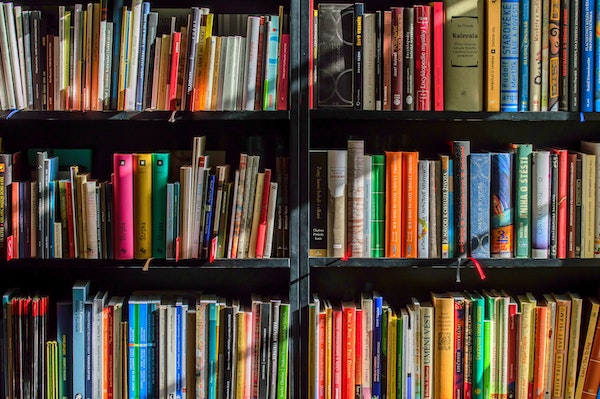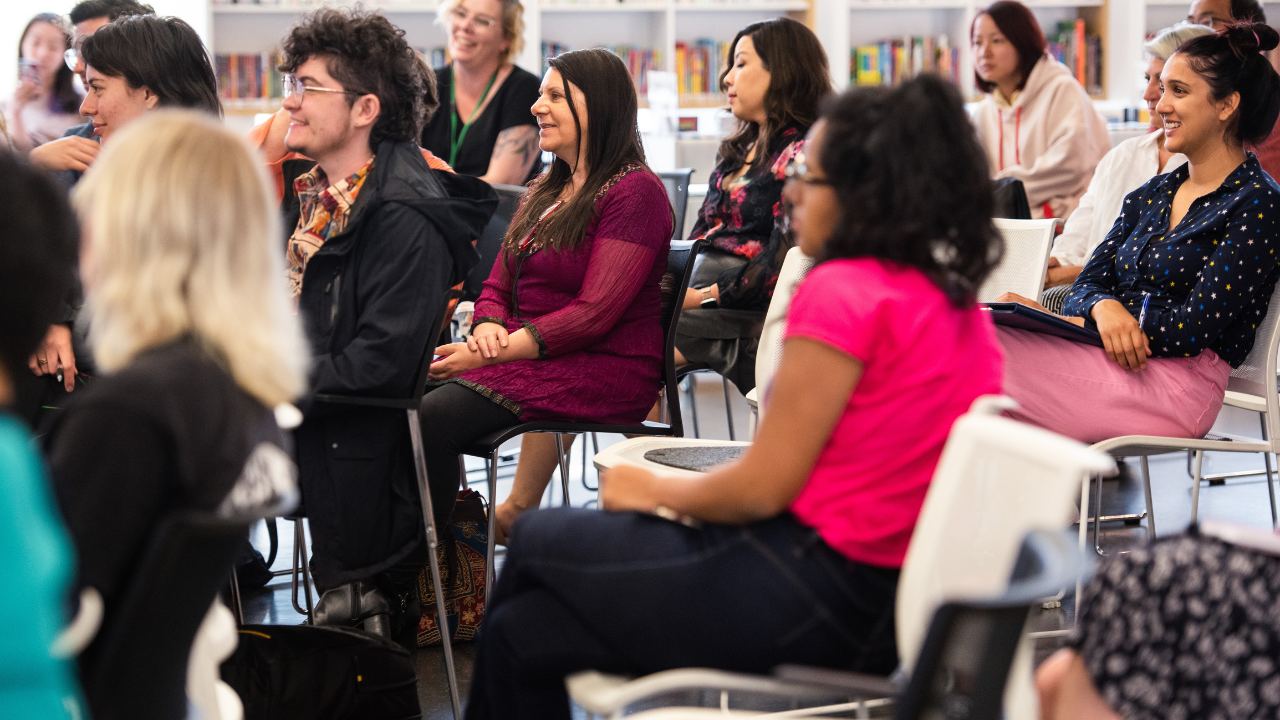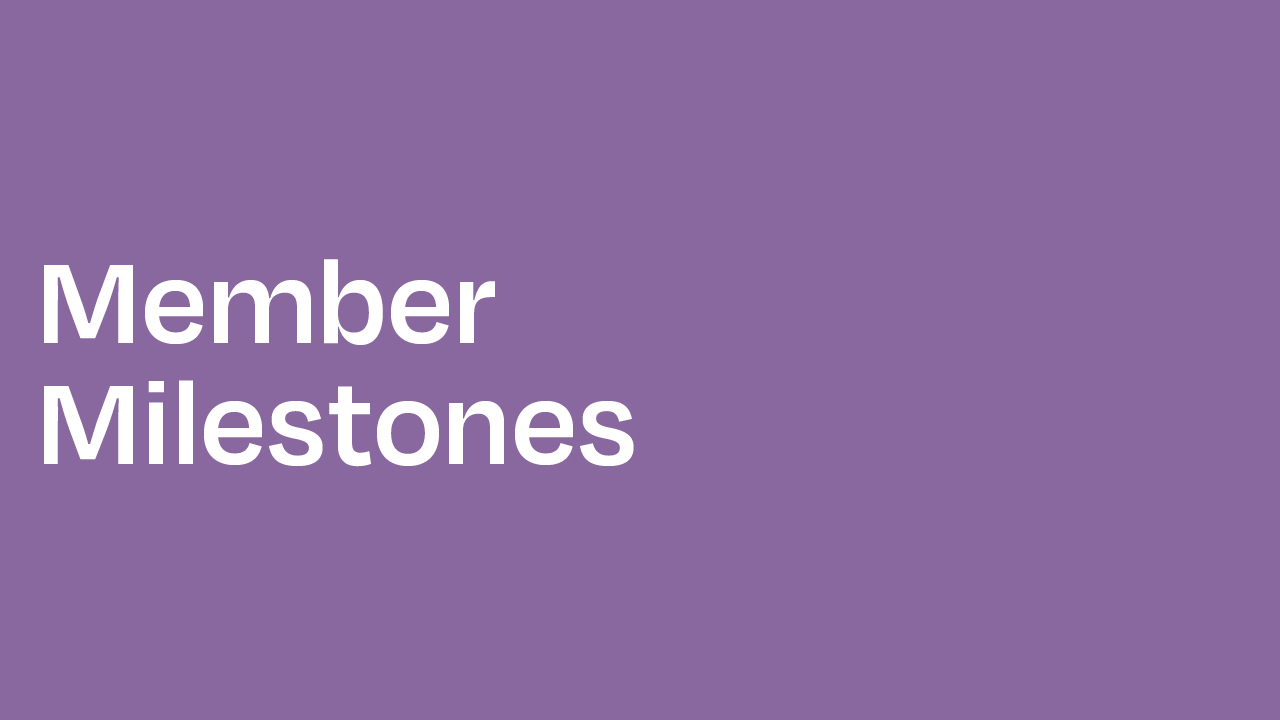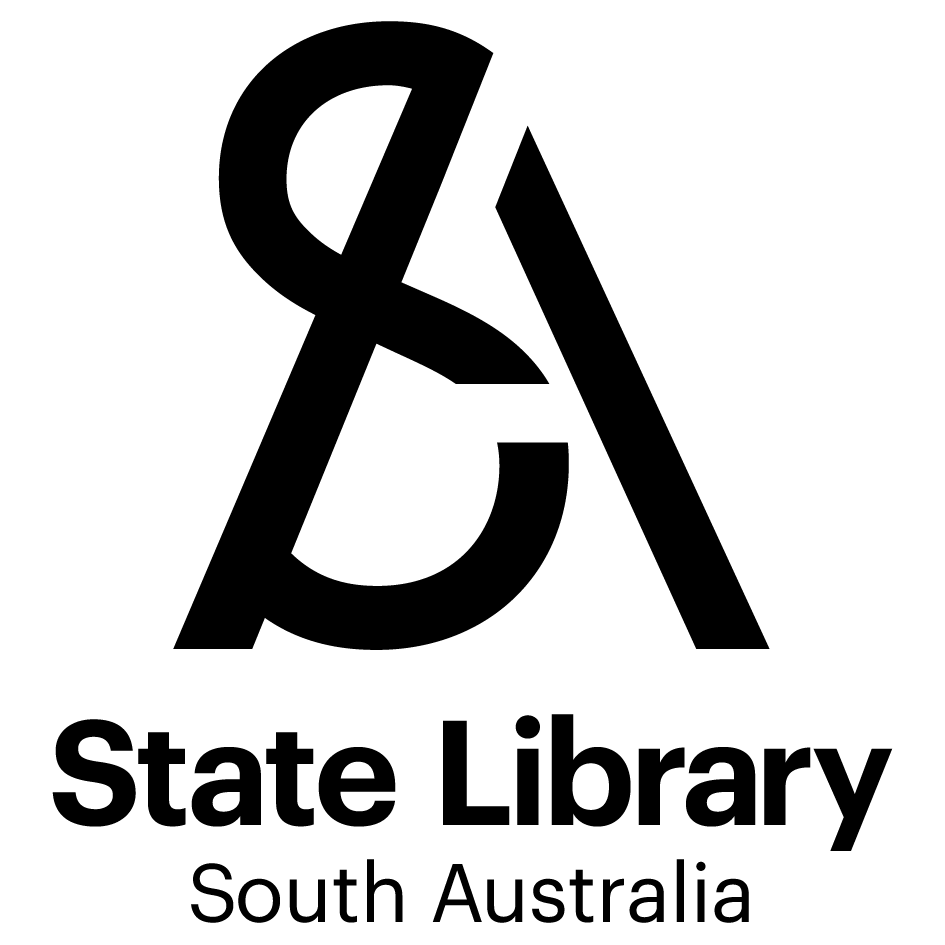https://lendingrights.arts.gov.au/
**This post has been updated with new information for indie authors March 2023
For those who don’t know what these acronyms stand for, they are public lending rights and educational lending rights. I’m not an expert but I’m going to unpack a little about what these are, who needs them, and what next. To speak to an actual expert on this, call 1800 672 842.
‘Australian Lending Right Schemes (ELR/PLR)
Australian book publishers or creators—authors, illustrators, editors, translators and compilers—can be compensated for the loss of income through the free multiple use of their work in Australian public and educational lending libraries.’
Who needs it?
Anyone with a print or ebook in an Australian public or educational library, which has an ISBN and is in circulation (check out the official website for ebook claims which is new). This means traditionally published authors, self-published authors and small press authors.
What is it?
Public Lending Rights are what the government pays you for your book to be in libraries where people borrow the book for free which in turn could could have been a sale you missed out on. In order to fix this potential shortfall for the author, the government pays you an amount for each edition of your book for a number of years.
Educational Lending Rights is the same as above but for school libraries, TAFE libraries, etc.
These payments vary depending on how many copies you have available, how many borrows, etc. You can start claiming PLR and ELR once your book has passed one year in the library but if you’re not sure about timing or if your book is eligible, my advice is to punch in all of your ISBNs to the claim form and see what happens. Payments can vary from a few hundred dollars to several thousand dollars and it only takes about half an hour to do the claim once a year before the end of March.
For the indie authors (self-published) or small press authors who don’t have books in circulation, you should. In indie circles we always say ‘don’t leave any money on the table’ and this includes PLR and ELR. But you have to do it properly. There are books and guides out there to help with the hows (I’ve listed a few below). Don’t just go to your local library and donate books. If you do this, they may end up on a free or gold coin donation table and will not be in circulation. The library staff have to scan them into the system which is why you have to do it properly. I’ll include some resources but if you’re not sure, pop in and have a chat with your librarians. As an author, you should be making friends with libraries. They can be great for helping you to find readers, holding books launches and signings, even workshops and festivals.
**New information for self-published indie authors**
Indie authors can now claim as the creator and the publisher but you have to get in contact with the good folks at the PLR office to get the paperwork to register as the publisher (phone number at the top of this post). They’ll then link your profile and you can submit separate claims for your indie books, essentially dipping into the pot twice. You claim 100% if you’re the sole publisher and author. Not 50% on each claim, 100% on each claim.
For collaborations or anthologies in print, you will have to take care to list the other authors and what percentage you’re entitled to. If it’s a duology, then it would be 50%. Four books in one by four different authors 25%, and so on.
What next?
I go to my library’s digital catalogue and search my name. This will show you what’s in circulation but you’re better off adding a claim for each and every ISBN. If you’re with a large publisher, you might not know that your book came out in large print or Braille just for examples. That’s why you should search your name in the database. Record the ISBNs for each different book AND format. You can claim for the same title in it’s different formats, ie, large print and paperback and hardback. That’s three separate lines on the electronic form. You can not claim for ebooks yet (coming later in 2023). Ebooks are issued an ASIN and not an ISBN and they’re not included at the time of this post.
Final words.
This is where you’ll find all the information: https://www.arts.gov.au/funding-and-support/lending-rights
You have to create a login and run through your bank account details for payment which is usually mid-late June. If you have any trouble at all with the page, give them a call on the number on the website. They’re really helpful and lovely. For the authors with Australian agents, you might want to have a chat with your agent about whether they expect to claim their portion of this payment. In my experience, not many do but I’m sure they’ll have a system in place.
Further resources (unvetted)
Info sheets:
- Auslib guide on marketing to libraries [pdf]
- Tips for authors on getting your publication on SA library shelves [pdf]
- Helpful guide by Ebony McKenna on getting your book into Australian libraries
Because I’m not an expert, please call 1800 672 842 if you have questions about the scheme or any issues making your yearly claim. This payment is income so it is taxable.
Bronwyn Tilley – Writers SA Operations Manager








